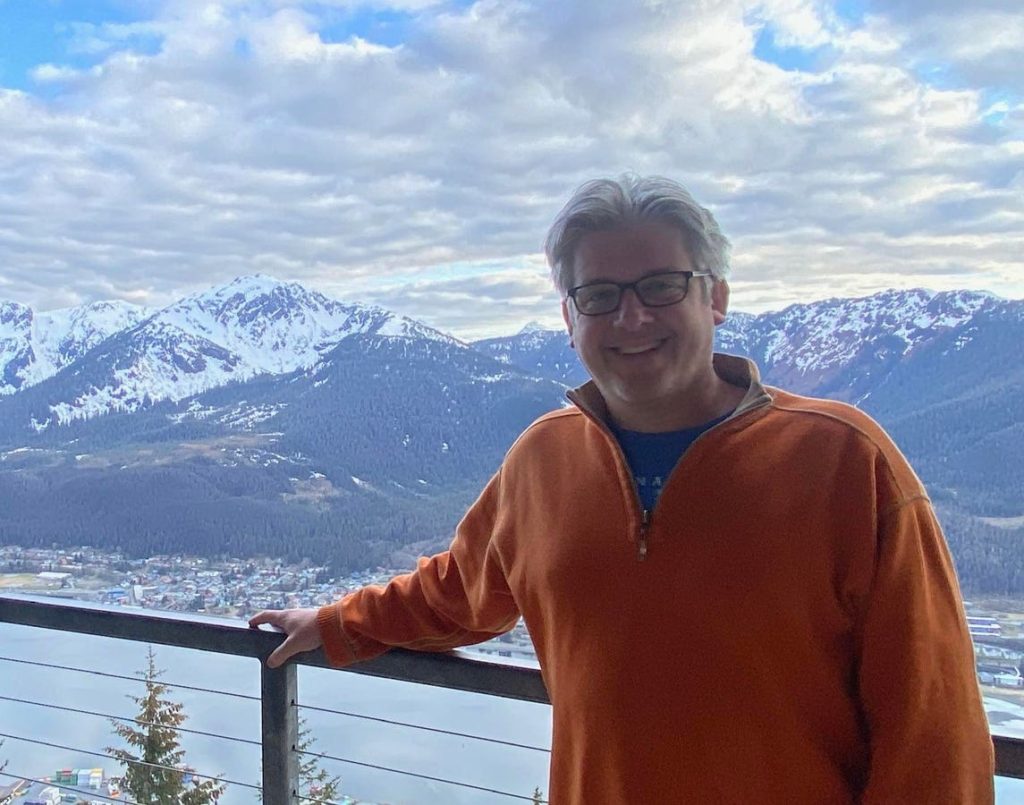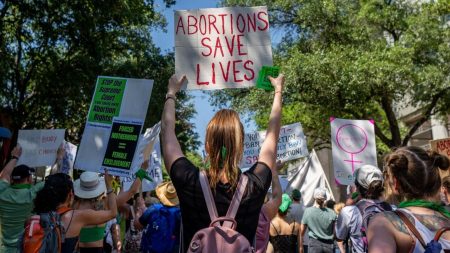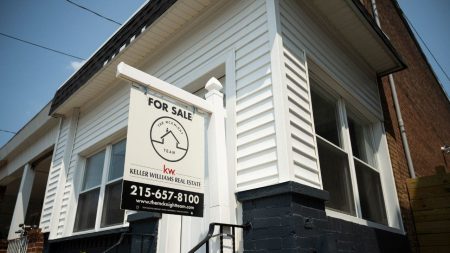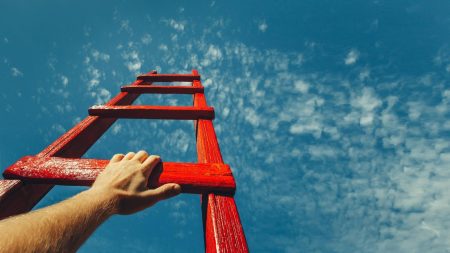In my first report from Alaska, I focused on the policy discussions in the state regarding retirement issues. Today, I’m sharing a bit more about my experiences here in Alaska.
As spring breaks, I’ve found Alaska to be warm and welcoming. The people I’ve met with this week are friendly, honest, and sincere in their desire to find a workable solution to the state’s public workforce crisis. And even though there are disparate views on a solution – including reforming retirement, raising salaries, or paying bonuses – the people I’ve talked with are genuinely interested in learning the facts and working together to find the best path forward.
I’ve also had the pleasure of taking in the amazing beauty of Alaska. It’s an incredible place to spend a week and have earnest and candid discussions about improving public services for the citizens of Alaska. Here are just a few of the many pictures I’ve taken in the past few days.
During these conversations, I’ve learned that while folks are eager to have the facts and understand the implications of various decisions, there are a few areas where fundamental questions remain. Many of these items are not new to those of us who work on retirement, but are worth addressing:
— Do young people prefer pensions today?
— Is it realistic that retirement benefit changes proposed will improve worker retention and have other states been successful?
— Will pension cost risk-sharing really work?
First, according to the National Institute on Retirement Security (NIRS) polling, younger generations are deeply concerned about retirement and hold highly favorable views of pensions as noted in the charts below. This sentiment has been consistent for years.
Second, it’s important to understand that the public sector across the U.S. has largely maintained a career workforce model. Upcoming NIRS research will show that one-in-two newly hired police officers and firefighters stay in their jobs and retire with their pension plan. This is something few, if any, other industries can say. And, as discussed in my previous column, schools in the other northwestern states expect to get 11 to 19 years of service on average from a newly hired teacher. Pensions are a big reason why it is still common to enter a school and meet an educator who has spent years in the same job in their community. So yes, it is still possible to have strong worker retention.
Pensions are critically important in supporting this career model because they address the three R’s: recruitment, retention, and retirement. Moreover, pensions help move employees through the full course of their public service career and allow them to be confident they will have a secure retirement. This is especially important in professions like teaching, policing, and firefighting with large costs of time and money related to training.
Third, it has become apparent to me this week that many stakeholders aren’t aware of the important and beneficial changes pensions have undergone since the time the Alaska legislature made the fateful decision to close its two statewide pension plans. In states across the nation, public pension plans have changed and strengthened significantly during the past 20 years, driven largely, though not entirely, by the Great Recession.
Also, the actuarial practice has evolved in notable ways. Virtually all public pension plans have lowered their discount rate, or their assumed rate of return on investments. This is a reasonable response to the financial markets, which are indicating that returns will be lower in the future. Additionally, public plans largely have adopted generational mortality, which builds future mortality improvements into projections, which wasn’t practical decades ago.
And importantly, risk sharing ideas have kept costs incredibly stable in the statewide pension plans in Wisconsin and South Dakota. These risk-sharing provisions are in the Alaska pension legislation and include variable benefits for retirees whereby future increases can be adjusted if the plan faces headwinds. Also, employees will help pay more if the plan funding falls below 90 percent.
The proposal in Alaska is not bringing back its old pension plan. Instead, it’s following the example of states that are widely touted as model public retirement plans. The Alaska legislation is, in fact, a middle ground where no stakeholders hold all risks. This is the direction that almost all other states have moved to since the Great Recession. A Pew Charitable Trusts report, Cost-Sharing Features of State Defined Benefit Pension Plans, includes a map (see page three of the report) detailing the ways states have designed pensions so workers share the costs and risks of their public pension plan. These features will align the interests of all stakeholders to focus on maintaining a strong fiscal position.
I’m heartened to see that Alaskans are having an open, honest, and data-driven debate about the solution they want to solve their workforce crisis. I’m confident they’ll see how pension plans can be beneficial to all stakeholders, including employers, employees, and citizens.
I am also heartened to be in a place where – even if there is disagreement on the approach – each conversation ends with a thank you, a smile, and a handshake.
Read the full article here















